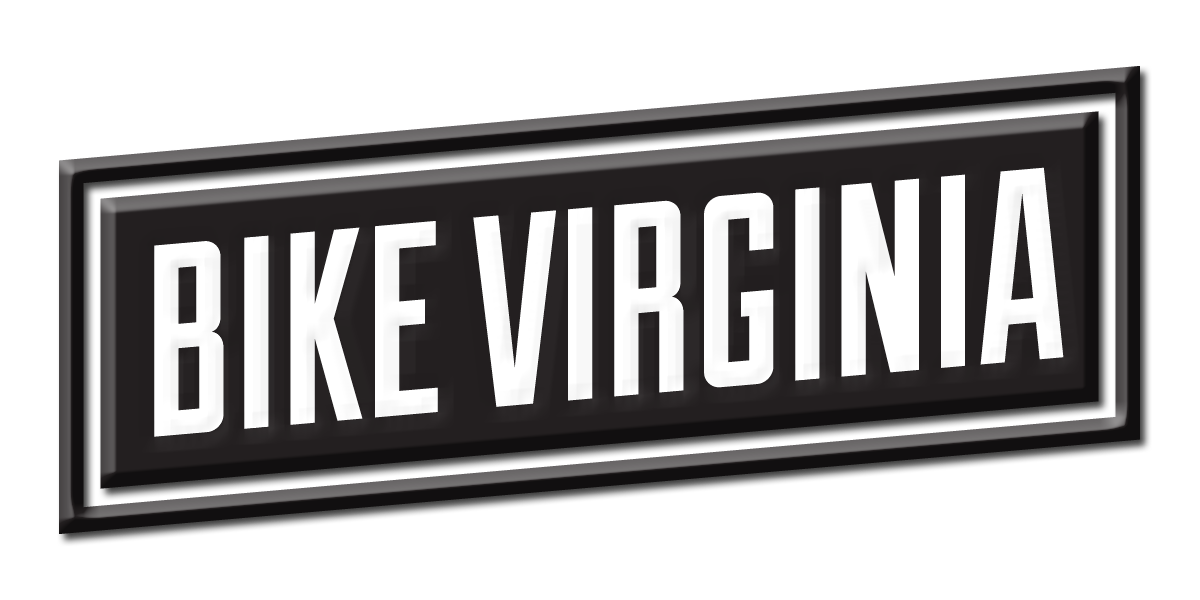Different things can “trigger” headaches. Those triggers include hormonal changes, weather, stress, physical condition and food. Yes, certain foods may cause head pain too! However, foods that trigger headaches for you may not necessarily prompt reactions for others and treatment is not a one size fits all policy. One way to get started is to keep a headache diary. This diary will help you and your physician find out the triggers that cause head pain. Here are some headache triggering foods to be aware of.
PROCESSED MEATS
Deli meat, hot dogs, sausages, bacon & fish have nitrites. Nitrites are used to extend shelf life of the product and to enhance flavor. Nitrites can also be found in pepperoni and cured meats. Look for foods labeled “nitrite-free” in the grocery store and while eating out.
AGED CHEESE
Tyramine is an amino acid that occurs naturally in the body and is also abundant in aged cheese. The longer the cheese ages, the higher amounts of Tyramine it contains. Avoid or limit: Swiss cheese, Stilton, Camembert, Muenster, Mozzarella, Blue Cheese and Gorgonzola.
ALCOHOL
Tyramine is also found in both beer and wine, which can trigger headaches as well. Alcohol consumption also leads to dehydration – a non-food trigger to headaches. It’s a good idea to alternate alcoholic drinks with water or a seltzer drink to minimize those effects.
FOOD ADDITIVES
Monosodium glutamate (MSG) is used to enhance the flavor of food and is widely used by restaurant chefs. MSG can be found in Asian foods, soy sauce and fermented foods such as sauerkraut.
ARTIFICAL SWEETENERS
Aspartame is found in diet beverages, light yogurt, gum, candy and desserts. Replace artificial sweeteners with granulated sugar, honey, molasses, agave nectar, Stevia® or Truvia®.
CAFFEINE
Well, the lack of caffeine, anyway. Caffeine can be used as treatment for headaches, that is why the over the counter pain relievers contain caffeine. Caffeine in found in coffee, tea and sodas. Try to minimize caffeine intake to 200 mg / day (~ 12 ounces of coffee).
CHOCOLATE
Oh no, say it ain’t so!…. Chocolate and cocoa contain caffeine. Instead of reaching for chocolate as a mid-afternoon snack, try a piece of fruit to satisfy that sweet tooth.
Bottom Line: Eat more fruits, vegetables, whole grains, lean protein, and low-fat dairy and less processed foods. Eat consistently and drink often, don’t skip meals and develop a hydration plan. Cook at home and season foods with herbs, spices, and juice from citric fruits rather than eating out.

